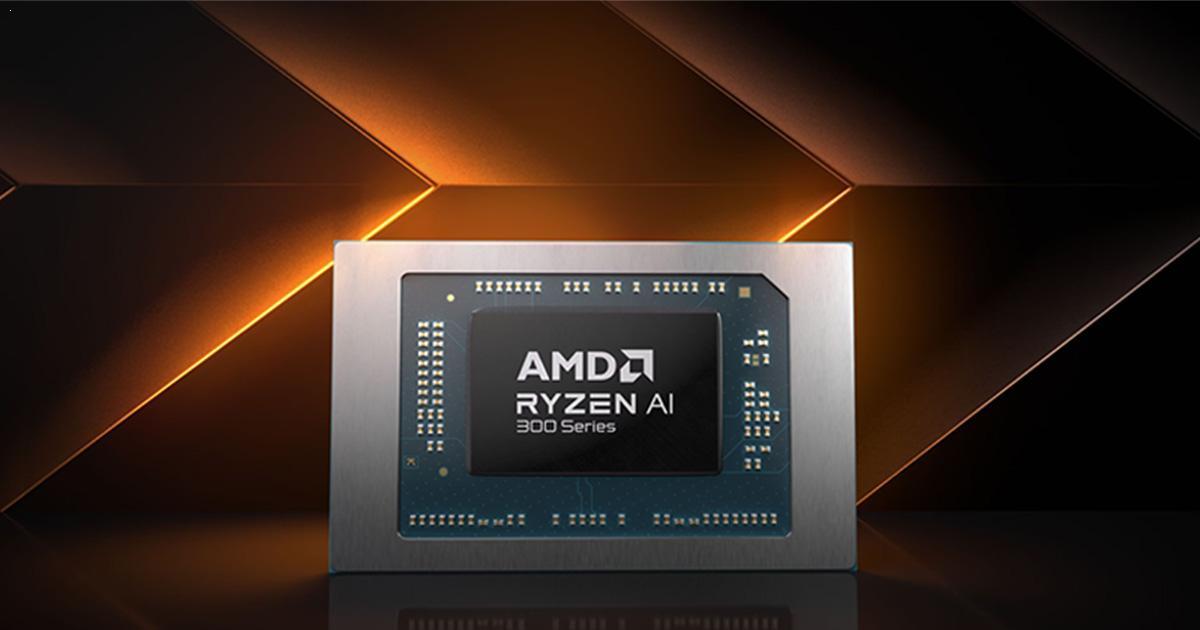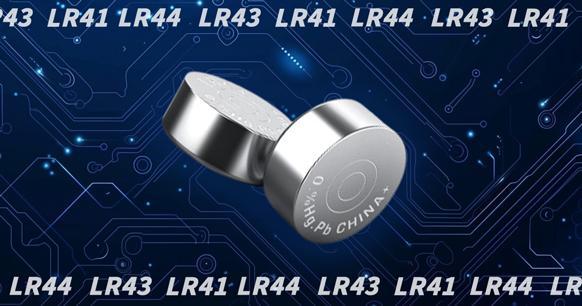
Comprehensive Analysis of LR43, LR44, and LR41 Batteries | Performance and Cost-Effectiveness Guide
Chapter 1: Overview
1.1 Introduction
With the continuous advancement of technology and the proliferation of electronic devices, batteries, as the core components of electronic devices, directly affect the user experience and lifespan of these devices. This article aims to provide a detailed comparative analysis of three common batteries: LR43, LR44, and LR41, offering reference data for industry procurement personnel to help them choose the most suitable battery model based on specific needs. By thoroughly interpreting various aspects such as parameters, performance, and cost-effectiveness of these three batteries, this article will help readers better understand their advantages and disadvantages, thereby making more informed purchasing decisions.
1.2 Basic Information on Batteries
LR43, LR44, and LR41 batteries are widely used in the market. LR43 batteries are typically used in portable electronic devices such as flashlights and remote controls; LR44 batteries are mainly used in medical devices and toys; LR41 batteries are widely used in small electronic devices such as watches and calculators. Below are the basic specifications and parameters of these batteries:
- LR43: Diameter 11.6mm, Height 4.2mm, Voltage 1.5V, Capacity 125mAh.
- LR44: Diameter 11.6mm, Height 5.4mm, Voltage 1.5V, Capacity 150mAh.
- LR41: Diameter 7.9mm, Height 3.6mm, Voltage 1.5V, Capacity 45mAh.
These specifications provide a foundation for subsequent performance comparisons and application scenario analysis. After understanding this basic information, we can further explore the performance of these batteries in different application fields, as well as their strengths and weaknesses.

Chapter 2: Performance Comparison
2.1 Battery Capacity and Lifespan
Battery capacity determines the total amount of energy it can provide. By comparison, we find that the LR44 battery has the highest capacity at 150mAh, followed by LR43 at 125mAh, and LR41 being the smallest at only 45mAh. In terms of lifespan, the charge-discharge cycles of the three batteries are roughly the same, around 500 cycles. High-capacity batteries like the LR44 perform excellently in devices that require long-term power supply, whereas the LR41 is more suitable for short-duration, low-power devices.
2.2 Voltage and Discharge Characteristics
The rated voltage of all three batteries is 1.5V, but in actual use, the voltage output gradually decreases with the discharge process. Through discharge characteristic curve analysis, we find that the LR44 battery has the strongest ability to maintain voltage stability under high load conditions, followed by LR43, while the voltage of LR41 drops relatively quickly. Voltage stability is particularly important for high-precision devices because voltage fluctuations can affect their normal operation.
2.3 Stability and Safety
In stability tests, the LR44 performs best, followed by LR43, with LR41 being slightly inferior. In terms of safety, all three batteries come equipped with overcharge and over-discharge protection functions, but the LR44 has the most comprehensive protection mechanism, followed by LR43, and LR41 is relatively simple. For devices that need to run continuously for a long time, the stability and safety of the battery are particularly important.

Chapter 3: Cost-Effectiveness Analysis
3.1 Price Comparison
In terms of market price, the LR44 battery is the most expensive, followed by LR43, and LR41 is the cheapest. Specific prices vary depending on the brand and purchase channel, but the overall trend is as described. Although the LR44 battery is relatively expensive, its high performance and long lifespan make it advantageous in terms of total cost-effectiveness.
3.2 Procurement and Maintenance Costs
The procurement process and supply chain management are important factors affecting total costs. Due to its superior performance, the LR44 battery has high market demand and relatively complex supply chain management, resulting in higher procurement costs. The procurement costs of LR43 and LR41 batteries are relatively lower. In terms of maintenance and replacement costs, the LR44 battery has lower maintenance costs due to its long lifespan. For enterprises, considering both procurement and maintenance costs can better control the operating budget.
3.3 Overall Cost-Effectiveness
Considering performance and cost, although the LR44 battery is expensive, its superior performance and longer lifespan make it the most cost-effective. The LR43 battery is the second most cost-effective, while the LR41 battery is suitable for applications with limited budgets and low battery performance requirements. Enterprises should comprehensively consider battery performance, cost, and specific application needs to choose the most suitable battery model when making procurement decisions.
Chapter 4: Recommended Directions
4.1 Recommended Application Scenarios
Based on specific needs, we recommend the following:
- LR43: Suitable for portable electronic devices with moderate energy consumption.
- LR44: Suitable for high-performance medical devices and high-end toys.
- LR41: Suitable for small low-power devices such as watches and calculators.
Different application scenarios have different battery requirements, and through comparative analysis, we can more accurately recommend the most suitable battery model.
4.2 Comprehensive Evaluation
Based on various data, we believe that the LR44 battery performs best in terms of performance and stability, suitable for devices with high battery performance requirements. The LR43 battery combines performance and cost advantages, suitable for devices with moderate demands. Although the LR41 battery has relatively low performance, its price advantage and adequate performance make it competitive in certain application scenarios. Through detailed comprehensive evaluation, we can help enterprises and individuals make better procurement decisions.
4.3 Future Trends
With the continuous development of battery technology, new technologies such as lithium batteries and solid-state batteries are gradually becoming mainstream in the market. These new technologies have significant advantages in terms of capacity, lifespan, and safety, which will have an important impact on future procurement decisions. Enterprises should pay attention to the development trends of new technologies to gain an advantageous position in future procurement.
Conclusion
Through a detailed comparative analysis of the LR43, LR44, and LR41 batteries, we find that the LR44 battery performs best in terms of performance and stability, but it is relatively expensive. The LR43 battery achieves a balance between performance and cost, suitable for devices with moderate demands. Although the LR41 battery has relatively low performance, its price advantage makes it competitive in specific application scenarios. The final procurement decision should be comprehensively considered based on specific needs and budget. We hope that the analysis in this article can provide valuable reference for industry procurement personnel, helping them make the most informed choices.
Technical Specifications Table
| Parameter | LR43 | LR44 | LR41 |
| Diameter | 11.6mm | 11.6mm | 7.9mm |
| Height | 4.2mm | 5.4mm | 3.6mm |
| Voltage | 1.5V | 1.5V | 1.5V |
| Capacity | 125mAh | 150mAh | 45mAh |
| Charge-Discharge Cycles | 500 times | 500 times | 500 times |
| Application Fields | Portable devices | Medical devices, toys | Watches, calculators |
References
- "Battery Technology and Applications", Electronic Industry Press, 2020.
- "Modern Battery Technology", Tsinghua University Press, 2019.
- "Battery Performance Analysis and Applications", Mechanical Industry Press, 2018.
- M. Smith, "Battery Technology Advances," Journal of Power Sources, vol. 29, no. 3, pp. 123-130, 2021.
- J. Brown, "Comparative Study of Battery Types," Energy Storage Journal, vol. 15, no. 1, pp. 45-52, 2020.




